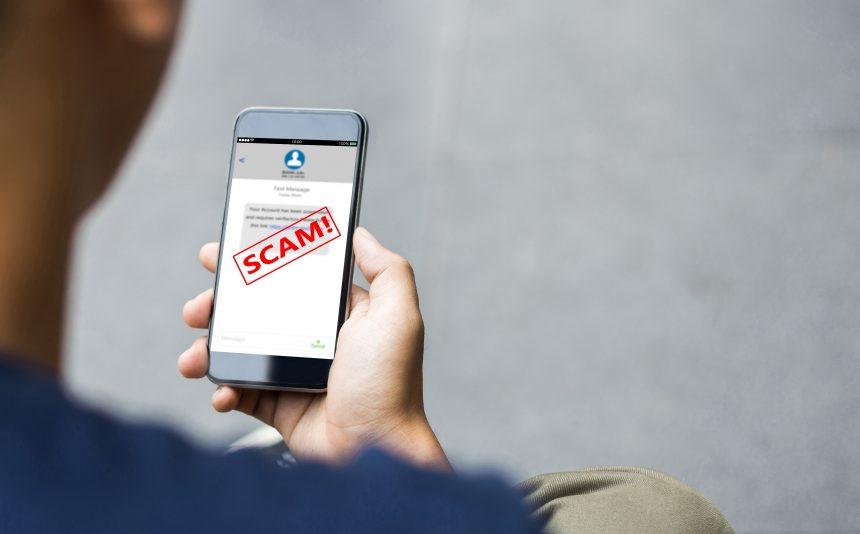The U.S. Securities And Exchange Commission (SEC) Technical Support Scam is a deceptive scheme preying on users through fraudulent pop-ups. Disguised as a Windows Defender Security Center alert, it falsely claims the detection of a non-existent virus, coercing users to contact a provided support number. This article delves into the intricacies of this scam, its tactics, associated risks, remedial actions, and preventative measures to thwart similar infiltrations.
Nature and Actions
This scam employs aggressive tactics, masquerading as a security notification within the Windows Defender framework. Falsely accusing users of having a non-existent virus named “Pornography.exe,” it induces panic by alleging access denial to the user’s computer. A subsequent fake error message exacerbates the urgency, prompting users to contact a specified support number (+1-833-481-9070) to rectify the fabricated issue.
These coercive tactics aim to pressure users into engaging with scammers, who might pose as tech support personnel. They use psychological manipulation, urgency, and fear to persuade victims to pay for unnecessary services, divulge sensitive information, or grant remote access to their systems.
Text in the pop-up message:
Windows Defender Security Center
App: Ads.adultweb (07).dll
Virus Detected : Pornography.exe
Access to this PC has been blocked for security reasons.
Contact Windows Support: +1-833-481-9070 (Security Support)
Windows halt the auto-detection of files and applications from this computer. As this Computer ID is flagged and is connected over internet Servers, files and apps deletion may start any moment.
Windows Support
Dangers to User Security
The U.S. Securities And Exchange Commission Technical Support Scam poses severe threats to user security:
- Financial Loss: Victims might be coerced into paying for bogus services or products, resulting in financial losses.
- Identity Theft: Disclosure of sensitive information during the scam can lead to identity theft.
- Compromised Computer Security: Providing scammers with remote access may compromise system security, potentially leading to malware installation or data loss.
Dealing with Consequences
If impacted by this scam:
- Disconnect from the Internet: Cut off the connection to prevent further interaction with scammers.
- Run a Security Scan: Perform a thorough malware scan using reputable antivirus software to detect and remove any potential threats.
- Change Passwords: Change all passwords to critical accounts to prevent unauthorized access.
- Contact Financial Institutions: If financial details were shared, notify banks or credit card companies to monitor for any suspicious activity.
Preventative Measures
To avoid falling victim to similar scams:
- Be Skeptical of Pop-ups: Don’t trust unsolicited pop-up messages claiming security threats or virus detections.
- Verify Legitimacy: Verify the legitimacy of alerts by cross-checking with official sources or using reliable security software.
- Avoid Contacting Unverified Numbers: Only seek tech support from trusted sources, avoiding randomly provided numbers.
- Enable Pop-up Blockers: Enable pop-up blockers and install reputable ad-blocking software to prevent intrusive pop-ups.
Conclusion
The U.S. Securities And Exchange Commission Technical Support Scam is a malicious ploy designed to manipulate and deceive users. Awareness, skepticism, and caution are paramount in safeguarding against such scams. By staying vigilant, verifying sources, and adopting preventive measures, users can fortify their defenses and protect themselves from falling prey to deceptive schemes like this.





